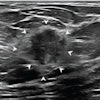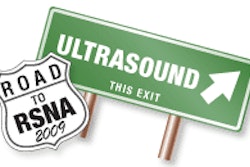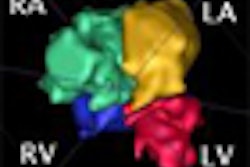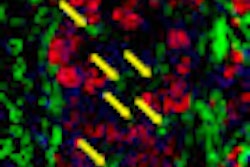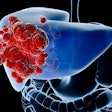Tuesday, December 1 | 3:10 p.m.-3:20 p.m. | SSJ02-02 | Room E450A
In this scientific session presentation, U.K. researchers will present research indicating that contrast-enhanced ultrasound could offer a less invasive alternative to current techniques for determining if breast cancer has spread to the lymph nodes.Sentinel node biopsy is an important procedure for determining if breast cancer has spread, with the sentinel lymph node (SLN) being the nearest lymph node to the cancer site. Current practice involves either injecting patients with blue dye and surgically removing lymph nodes for dissection, or using nuclear medicine-based techniques that detect injected radiopharmaceuticals.
Contrast-enhanced ultrasound could be used instead of these techniques, however, sparing patients from open surgery or exposure to radiation-based modalities. In this presentation, researchers from Maidstone and Tunbridge Wells NHS Trust in the U.K. tried the technique in 69 consecutive patients with primary breast cancer.
Patients received periareolar intradermal injection of a microbubble-based contrast agent, which was used to visualize the breast lymphatic system and to identify the axillary sentinel lymph node. Guidewires were deployed to localize the lymph node, and patients underwent tumor excision and lymph node biopsy the next day.
The researchers identified and inserted guidewires in 61 patients with sentinel lymph nodes. Contrast-enhanced ultrasound turned in a sensitivity of 88%, and 10 patients were found to have metastases in their sentinel nodes. In 24 of 61 cases, sentinel lymph nodes were only recognized as lymph nodes after contrast enhancement.
The paper's presenter, Dr. Ali Sever, said the research indicates that that contrast-enhanced ultrasound could be a less-invasive procedure for sentinel node biopsy that could be performed in an outpatient setting with existing technology.
"Our research has shown for the first time ever in humans that the SLN can be identified by ultrasound before surgery using a contrast-enhancing agent," Sever told AuntMinnie.com. "This will enable a targeted fine-needle biopsy of the SLN, which it is hoped will avoid the need for a second operation in most breast cancer patients."



